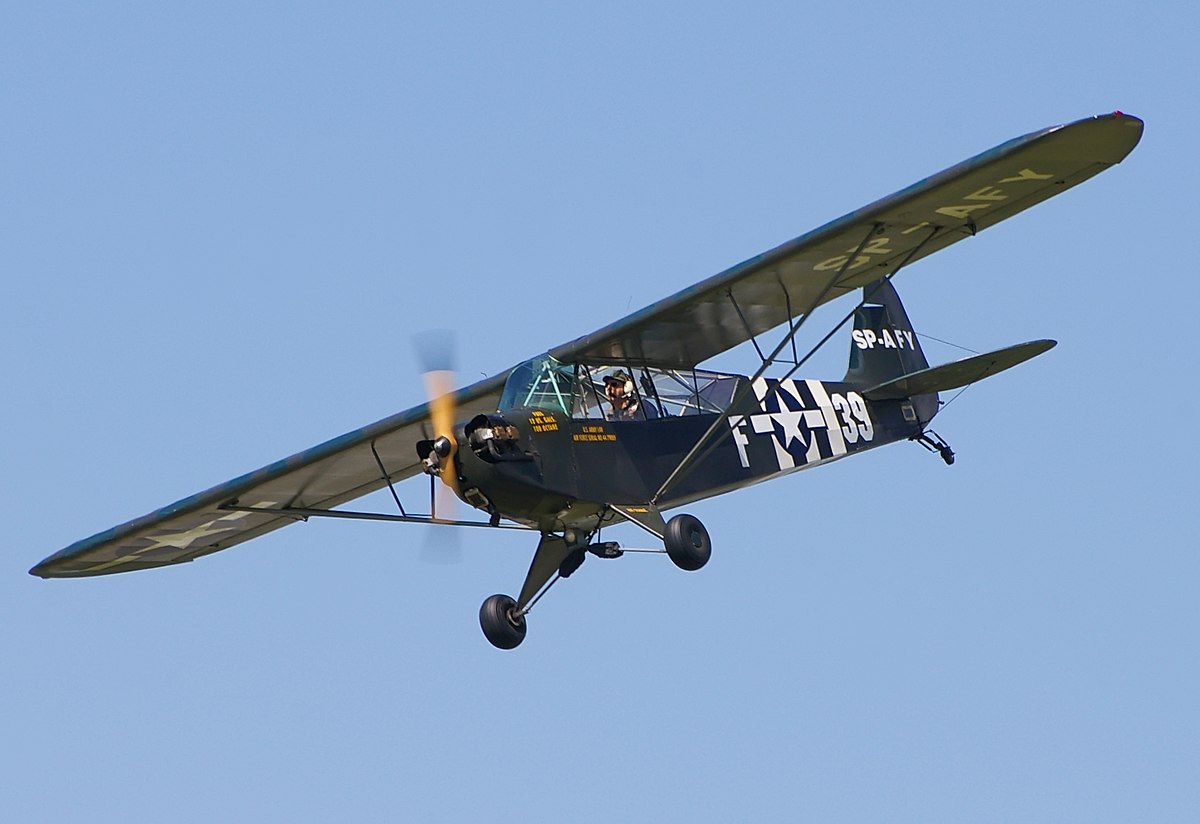In this episode of Crossover Battles, we’ll pit two not-so-good starfighters, the TIE Fighter (from Star Wars) and the Space Banshee (from Halo), against each other to see which one deserves to be top of the bottom. But in order to do that, we need to take a look at their stats first.
Contestant 1: TIE Fighter
In this corner of space, we have the mainstay of the Galactic Empire: the TIE/LN starfighter, or TIE Fighter for short, from the Star Wars universe.

The TIE Fighter measures 6.3 meters (~20.7 feet) long, 6.4 meters (~21 feet) wide, and 7.5 (~24.6 feet) meters high. In terms of comparable size, this thing is smaller than a Piper Cub, but over 3 times taller. Mostly due to the extremely tall solar panel wings.

The TIE Fighter has an atmospheric top speed of 1200 kmh/745 mph/Mach 0.98. In space though, it has a maximum acceleration rate of 4100 g, or 40207 m/s^2. There’s also something about megalights, but it’s mostly nonsensical and contradictory. Pay it no mind. The TIE Fighter also lacks a hyperdrive, so it’s limited to sublight only, so you’re not going to be chasing anything very far in this thing.

In terms of weapons, the TIE Fighter only has a pair of fixed, forward-firing laser cannons right under the canopy windows. They have a decent rate of fire and can shoot down other starfighters with repeated hits, but that’s about it.

As for protection, you might as well ask “What protection?”. The TIE Fighter has no shields, and it barely has any armor. It can survive single glancing hits from laser cannons, but that’s about it. There’s a reason why Rebel pilots considered flying this thing to be suicide, you know.

Contestant 2: Space Banshee
In the other corner of space, we have the Covenant’s Type-27 Exoatmospheric Multirole Fighter, also informally known as the Space Banshee, from the Halo universe.

The Space Banshee is basically the space-capable version of the original Type-26 Banshee ground support aircraft. The Space Banshee measures 10.9 meters (~35.8 feet) long, 8.6 meters (~28.2 feet) wide, and 3.5 (~11.5 feet) meters high. This actually makes it comparable to a large WWII fighter like the P-47 Thunderbolt, but with a much shorter wingspan.

Unfortunately, we have no official info on the speed of the Space Banshee. We know that it doesn’t have a slipspace drive, so it can’t jump to light-speed, but that’s about it. The only clue is that the original Banshee can reach over 100 kph/62 mph, but this is useless. It’s like saying a sports car can go over 5 mph.

We do have official info on the Space Banshee’s weapons though. Its main weapons are its twin heavy plasma cannons that have elongated barrels that increase their effective range. They’re more comparable to an X-wing’s laser cannons than to a TIE Fighter’s laser cannons, really. The Space Banshee’s other weapon is a single Class-2 fuel rod cannon that fires a transparent shell filled with explosive, radioactive material. You can basically think of it as a light proton torpedo that even has tracking capability by homing in on heat signatures.

Like the original though, the Space Banshee has no energy shields and very little armor. It can only take a couple of 30mm coilgun hits before exploding. It mostly relies on speed and agility for survival. Unfortunately, survival in this thing is just as low as in our other contestants.
The Battle
In the words of the great Michael Buffer:
First, we have to establish some guidelines and an arena for our two contestants.
The pilots of both vehicles have to be of equal skill. Otherwise, it wouldn’t be a fair fight.
Since both the TIE Fighter and the Space Banshee are starfighters, let’s have them both mix it up in the cold depths of space. You know: the place where no one can hear you scream. Or curse your opponent. Both contestants will start out a set distance from each other, within line of sight but out of weapons range. Because really, it’d be no fun if the fight is over in seconds.
Scenario: Space

Since both starfighters can see each other, they’d immediately rush each other’s positions. This is where the Space Banshee’s weapons give it a major advantage. The TIE Fighter’s laser cannons have really short barrels and thus have a relatively short range. This means that with its much longer barrels, the Space Banshee’s heavy plasma cannons can fire first. Since both crafts are Fragile Speedsters, any single hit on either one has a high chance of killing or even just crippling them. Thus, the Space Banshee has a higher chance of knocking out the TIE Fighter before it can be knocked out itself. This isn’t saying much, really, given that the TIE Fighter can easily do the same to the Space Banshee in return once its own laser cannons get within effective range.
You’d think the Space Banshee’s fuel rod cannon would tip things in its favor. While short-ranged compared to the plasma cannons, with its homing capability, it can track the TIE Fighter. Fortunately for the TIE Fighter, the fuel rods track heat signatures, and the TIE Fighter’s engines are in its rear. This means that the fuel rod’s tracking is unreliable at best, which would result in misses more often than not.
The end result is that the battle becomes a high-stakes game of chicken. Even if both sides somehow miss, they just keep making head-on attack runs at each other until one or both get destroyed. I’d give the Space Banshee a slightly higher chance of destroying the TIE Fighter first. Maybe a 60-40 chance in favor of the Covenant vehicle. And even then, the last shots from the TIE Fighter may just kill the Space Banshee before it can celebrate its victory.

Conclusion
In a battle of Fragile Speedsters, no one really wins. While the Space Banshee has a slight edge, there’s nearly as much chance for the TIE Fighter to take out its opponent with its last shots. I almost want to call this a draw, really. While one has a slightly higher chance of winning, it’s cold comfort, really. Especially in space.





